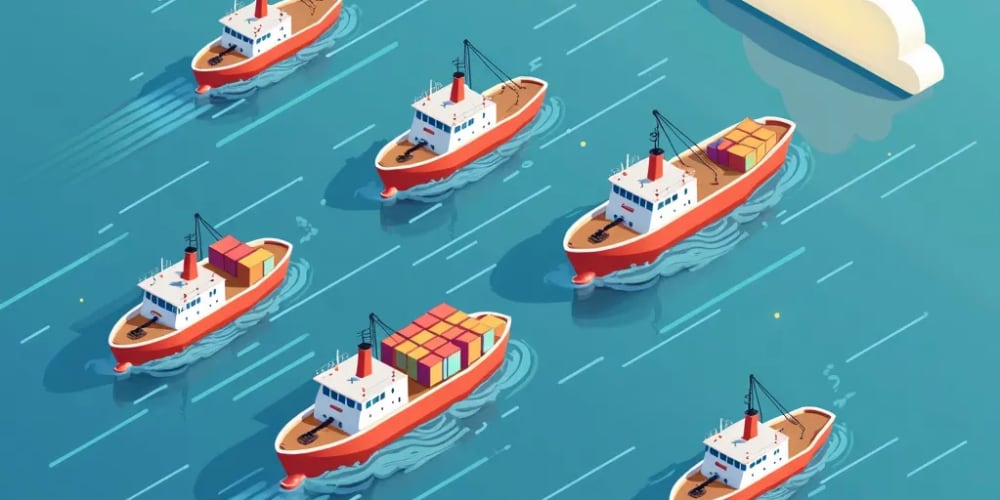Is Carbon Language Moving Towards Success or Self-Destruction? A Case Study in Rapid Deployments.
Introduction:
The software development landscape is a constantly evolving space, with new technologies and languages emerging frequently. One such newcomer is Carbon, a programming language that has sparked significant interest and debate within the developer community. Carbon, developed by Google, aims to be a successor to C++, promising improved safety, performance, and developer productivity. However, the language has also faced criticism for its rapid development and lack of a clear roadmap. This article will explore the potential of Carbon, analyzing its strengths, weaknesses, and whether it is ultimately destined for success or failure.
Historical Context:
C++ has been the dominant language for high-performance computing, systems programming, and game development for decades. Its power and flexibility have made it a cornerstone of modern software, but it also comes with inherent complexities and potential for errors. As software development practices evolve, the need for safer, more maintainable, and performant languages has become increasingly evident. This need prompted the development of Carbon, leveraging Google's experience with languages like Go and Rust.
Key Concepts, Techniques, and Tools:
Carbon's core features include:
- Safety: Carbon aims to address C++'s safety issues with features like memory safety, null safety, and bounds checking.
- Performance: Carbon is designed to be performant, leveraging static typing and compiler optimizations to achieve high performance.
- Modern Syntax: Carbon adopts a modern syntax, drawing inspiration from Rust and Go, making it easier to read and write code.
- Interoperability with C++: Carbon aims to be interoperable with C++, allowing developers to reuse existing C++ codebases.
- Open Source: Carbon is developed under an open-source license, encouraging community contributions and collaboration.
Tools:
- Compiler: Carbon uses a LLVM-based compiler, ensuring high-quality code generation and optimization.
- Package Manager: Carbon employs a package manager to facilitate dependency management and code sharing.
- Standard Library: Carbon offers a comprehensive standard library with various tools and utilities.
Trends and Standards:
Carbon's development reflects the growing trend towards safer and more expressive programming languages. The adoption of modern features like memory safety and null safety aligns with industry standards and best practices.
Practical Use Cases and Benefits:
Use Cases:
- Systems programming: Carbon can be used to develop operating systems, device drivers, and embedded software.
- Game development: Its performance and safety features make it suitable for developing high-performance games.
- High-performance computing: Carbon can handle complex scientific simulations and data processing tasks.
- Web development: Carbon can be used for back-end web development, leveraging its performance and interoperability with C++.
Benefits:
- Improved safety: Carbon's safety features reduce the risk of runtime errors and security vulnerabilities.
- Enhanced performance: Carbon's focus on performance enables developers to build highly efficient applications.
- Increased productivity: Carbon's modern syntax and tooling improve developer productivity.
- Interoperability with C++: Developers can leverage existing C++ codebases and libraries.
Industries:
- Software development: Carbon can be used for a wide range of software development tasks.
- Gaming: Carbon offers a potential alternative to C++ for game development.
- Scientific research: Carbon's performance capabilities make it suitable for scientific computing.
Step-by-Step Guide:
Setting up Carbon:
- Download and install Carbon from the official website: [Link to official website].
- Configure your environment variables to include Carbon's path.
- Install any required packages using Carbon's package manager.
Writing a Simple Carbon Program:
import std.io;
fn main() -> int {
println("Hello, world!");
return 0;
}
Compiling and Running:
- Compile the program using the
carbonccompiler:carbonc hello.carbon - Run the compiled executable:
./hello
Challenges and Limitations:
Challenges:
- Rapid development: Carbon's rapid development cycle has led to concerns about the stability and maturity of the language.
- Lack of a large ecosystem: Carbon's ecosystem is still in its infancy, with limited libraries and frameworks.
- Community adoption: Carbon needs to gain significant community adoption for its success.
Limitations:
- Immature tooling: Some tools and features are still under development, which can hinder productivity.
- Limited documentation: Carbon's documentation is still evolving, which can be challenging for new developers.
- Interoperability issues: Interoperability with C++ may not always be seamless, especially for complex codebases.
Comparison with Alternatives:
C++:
- Pros: Highly performant, large ecosystem, mature tooling.
- Cons: Complex syntax, safety issues, potential for errors.
Rust:
- Pros: Memory safety, high performance, strong community.
- Cons: Steep learning curve, potentially slower compilation times.
Go:
- Pros: Easy to learn, concurrent programming support, strong tooling.
- Cons: Limited performance compared to C++ or Rust, lack of generics.
Conclusion:
Carbon is a promising new programming language with the potential to address some of the limitations of C++. Its focus on safety, performance, and developer productivity makes it an attractive option for various use cases. However, the language is still in its early stages, and it faces challenges in terms of community adoption, ecosystem maturity, and tooling development. Ultimately, Carbon's success will depend on its ability to overcome these challenges and establish itself as a viable alternative to existing languages.
Suggestions for Further Learning:
- Explore the Carbon documentation and tutorials.
- Join the Carbon community forum and participate in discussions.
- Contribute to the Carbon open-source project.
- Experiment with Carbon and try building simple projects.
Final Thought:
Carbon's future remains uncertain, but its potential to become a significant player in the programming language landscape is undeniable. Its success will depend on a combination of factors, including community support, ongoing development, and the adoption of the language in real-world projects.
Call to Action:
Learn more about Carbon, contribute to its development, and see if it fits your needs. Explore the rapidly growing community and be a part of the future of software development with Carbon.


















